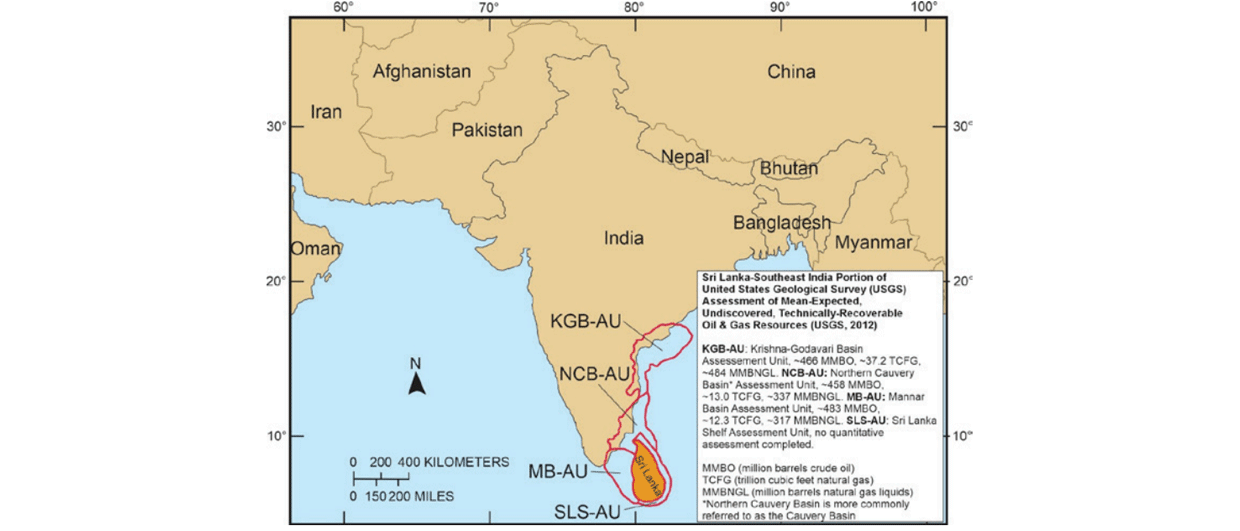Santos has declared itself to be on track to produce Australia’s first commercial shale gas after its Moomba-191 shale gas well in the Cooper Basin licence PPL 7 flowed at a stabilised rate of 2.6 MMcfg/d for more than two weeks. Activity in Australia’s shale and tight gas sector has seen increased investment by international majors in recent months but while some, like Beach Energy, have established flow rates from their unconventional gas wells, none has announced plans to put the wells into production. Santos’ move to connect Australia’s first commercial shale gas well to existing gas infrastructure therefore marks a significant milestone of game-changing proportions.
Analysts believe the result has given Australia’s security of energy supply a significant boost, as until Moomba-191 the shale potential of the Cooper Basin was just that – potential; even though the basin has been producing ‘conventional’ gas from reservoirs above and below the shale tapped in this well for over 40 years. According to GeoScience Australia, the nation’s total identified gas resources, excluding shale gas, are around 392 Tcf. Shale gas resources are estimated to be as much again, at around 400 Tcf.
The Cooper Basin, in a remote desert region of central Australia, is sparsely populated, so shale gas development projects are unlikely to face the same level of opposition from affected communities and competing land-users felt elsewhere. Horizontal drilling and extensive fracturing trials are planned for the period to end 2013.
Active Exploration
The range of Australia’s unconventional resources has attracted the likes of ConocoPhillips, BG and other major players, a move that has signalled to some that maybe another unconventional gas boom is on the cards. For the moment, however, it is the domestic players that are leading the way on shale gas, none more so than Beach Energy. The company has drilled two wells in PEL 218 – Encounter-1, which spudded in late 2010, followed closely by Holdfast-1, both located in the deepest part of the Nappamerri Trough – and seeking a reasonable shale thickness in the Roseneath-Epsilon-Murteree (REM) sequence and a decent flow rate of gas. The results showed that not just the shales of the REM sequences were gas-saturated, over-pressured and thicker than first thought, but also that the sandstones and other lithologies located above and below the target shales were gas-saturated. Beach booked a 2 Tcf contingent shale gas resource after drilling these two vertical wells, a result that changed the outlook for the development of this unconventional opportunity entirely. Further analysis by the company has suggested the potential for at least 15–20 Tcf of gas in terms of 2P resources within PEL 218, something it intends to assess by drilling at least five vertical exploration wells. Moonta-1, the first unconventional vertical well of the 2012 shale and basin-centred gas programme, was drilled to the base of the Patchawarra Formation to a depth of 3,810m. Logs indicated gas saturation over more than 1,000m of the Permian target zone (Toolachee Formation to the base of the Patchawarra Formation). Streaky-1, the second well in the unconventional programme, reached a total depth at 3,821m with cores taken in the Epsilon and Patchawarra sections. Both wells are expected to be fracture stimulated in late third quarter 2012.
Beach also has a 60% stake in adjacent block ATP 855P where on 4 August 2012 with partner Icon Energy, it spudded Halifax-1, a vertical exploration well evaluating the shale gas and basin-centred gas potential in the REM and Patchawarra Formation intervals within the Queensland portion of the Nappamerri Trough. The well is located approximately 12 km north-east of Encounter-1 and has a planned total depth of 4,130m. Icon reported that at 2,670m Halifax-1 intersected an interval of sandstone with elevated gas values in the Nappamerri Formation, approximately 530m above the primary target, where a 7m interval flowed around 0.2 MMcf/d on test. The potential of the zone as a secondary target will be evaluated further at the conclusion of the well.
Ultimately the development of shale gas will come down to cost and whether it can compete as it is more expensive than gas from conventional reservoirs and gas produced from coal-beds. At current eastern state gas prices, Cooper Basin shale gas is not a viable economic business, except where the wells are close to existing facilities, as is the case with Moomba-191, just 350m from existing gas-gathering infrastructure and some 770 km north of Adelaide.




